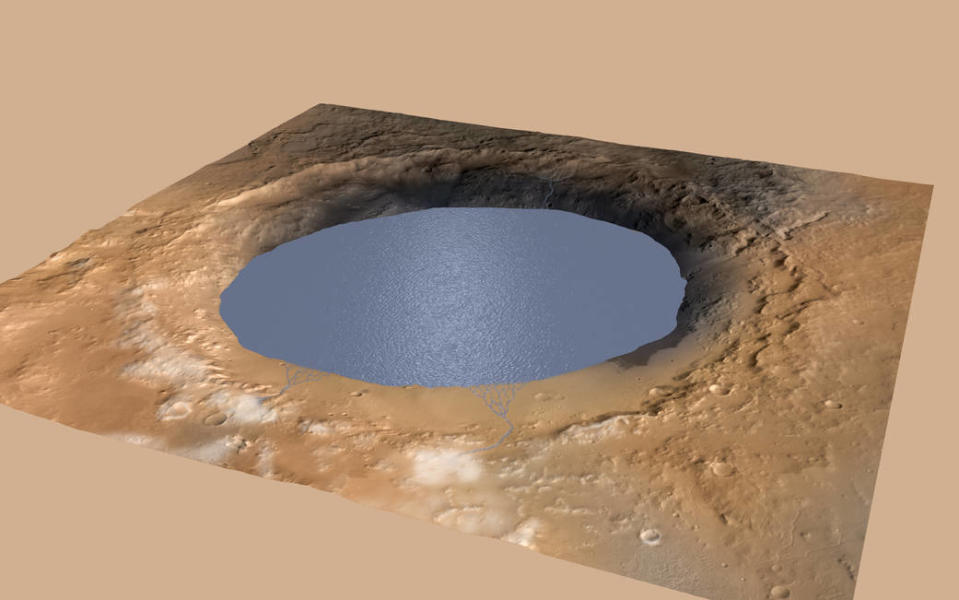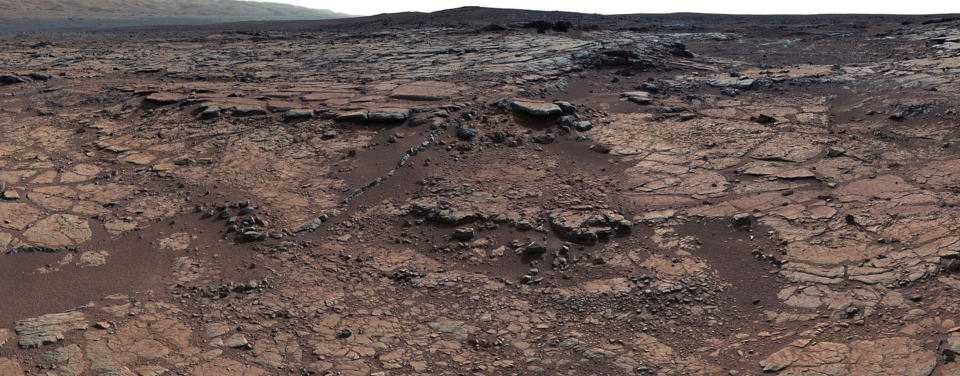Mars Mystery: How Was Ancient Red Planet Warm Enough for Liquid Water?
The mystery of how Mars could have once had water flowing on its surface is now deepening, as a new study reveals that the Red Planet's early atmosphere likely possessed up to hundreds of times less carbon dioxide than needed to keep it warm enough for liquid water to last. Although Mars is now cold and dry, there are decades of evidence suggesting that the Red Planet's surface was once covered with rivers, streams, ponds, lakes and perhaps seas and oceans. "The watery environments that once occupied the floor of Gale Crater look like they were pretty hospitable to life — not too hot, not too cold, not too acid, not too alkaline, and the water probably was not too salty," said study lead author Thomas Bristow, a planetary scientist at NASA's Ames Research Center in Moffett Field, California.

 Yahoo News
Yahoo News 

